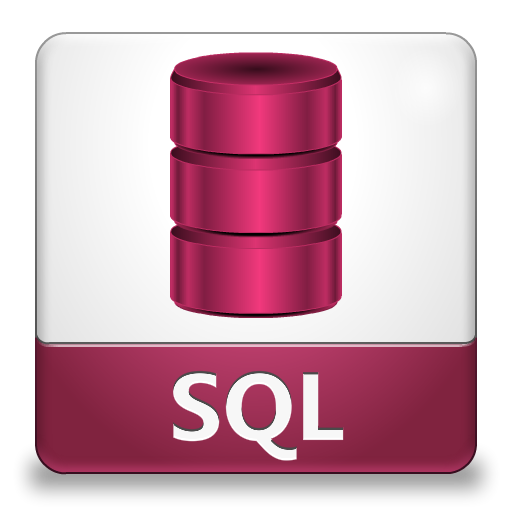 Maecenas faucibus mollis interdum. Donec sed odio dui. Sed posuere consectetur est at lobortis. Vestibulum id ligula porta felis euismod semper.
Maecenas faucibus mollis interdum. Donec sed odio dui. Sed posuere consectetur est at lobortis. Vestibulum id ligula porta felis euismod semper.
Etiam porta sem malesuada magna mollis euismod. Integer posuere erat a ante venenatis dapibus posuere velit aliquet. Vivamus sagittis lacus vel augue laoreet rutrum faucibus dolor auctor. Duis mollis, est non commodo luctus, nisi erat porttitor ligula, eget lacinia odio sem nec elit. Donec ullamcorper nulla non metus auctor fringilla. Praesent commodo cursus magna, vel scelerisque nisl consectetur et. Maecenas faucibus mollis interdum.
Cras justo odio, dapibus ac facilisis in, egestas eget quam. Duis mollis, est non commodo luctus, nisi erat porttitor ligula, eget lacinia odio sem nec elit. Curabitur blandit tempus porttitor. Donec id elit non mi porta gravida at eget metus. Cras mattis consectetur purus sit amet fermentum. Etiam porta sem malesuada magna mollis euismod. Sed posuere consectetur est at lobortis.
Etiam porta sem malesuada magna mollis euismod. Maecenas sed diam eget risus varius blandit sit amet non magna. Fusce dapibus, tellus ac cursus commodo, tortor mauris condimentum nibh, ut fermentum massa justo sit amet risus. Nulla vitae elit libero, a pharetra augue. Nulla vitae elit libero, a pharetra augue.








